VIP Online Art Fair
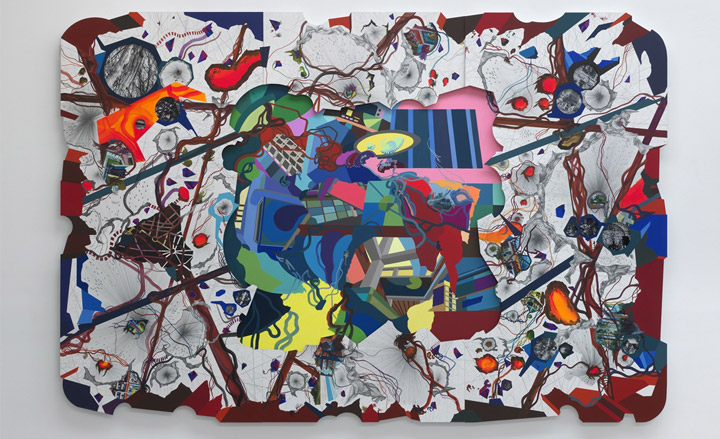
Kick off - or should we say click off - at the virtual VIP Art Fair is about commence. Founders James Cohan Gallery and web entrepreneurs Jonas and Alessandra Almgren, have mustered up over a hundred art world heavyweights - an international crowd, including the Gagosian Gallery, the White Cube and David Zwirner - to take part in the online fair, where visitors can browse 7,500 works, zoom in to see details up close, exchange instant messages with galleries, access backroom stock and, most importantly, buy from the comfort of their home.
No longer will you have to bat away the hoi polloi to inspect the splatters on a Jackson Pollock or ogle at a Paul McCarthy. Anyone can visit the VIP Art Fair, (which stands for 'Viewing In Private'), but a VIP ticket will grant you access to price lists, as well as to the VIP Lounge, where you'll find a series of video tours of artists' studios produced by Art21 (some previewed here), regular updates on new works added by galleries and tours of the fair curated by well-known dealers, collectors and critics.
The ticket also puts you in touch with the galleries. 'Ask a dealer if they have anything else by a particular artist via the integrated messaging system and they can create a private room for you, into which they can easily drag and drop other works in their catalogue,' explains Jane Cohan, of James Cohan Gallery. 'It's as close to the experience of being either side of a desk as you can get at, say, 4,000 miles apart.'
But the big question is will it convert to sales? Nowadays people are happy to buy clothes, holidays and books online but what about high-end art? Collectors have certainly been slow on the online uptake. Many auction houses and dealers jumped on the first bandwagon in the late 1990s, with Sotheby's pouring ill-fated cash into Sothebys.com and Ebay flaunting a $1.77 million unauthenticated Monet that didn't sell, but as we all know, the bubble quickly burst. Things may have come on a lot in the last decade but collectors still appear hesitant. A recent auction on Artnet.com, which included a Keith Haring with a top estimate of $1.2 million, delivered disappointing results, and the Haring and many other lots went unsold.
Asking people to part with big sums of money for works they've never seen in the flesh is certainly ambitious. But, somewhat surprisingly, James Cohan Gallery is adamant that the VIPartfair.com is not an e-commerce site. 'All transactions will take place directly between the galleries and collectors,' Jane insists.
For many galleries, participation is more about growing their international reach than amassing big sales. 'Our main ambition is to find a new audience for the gallery's artists,' says Glenn Scott Wright of Victoria Miro gallery, showing works by the likes of Elmgreen & Dragset and Grayson Perry. The fair's geographical advantages are undoubtedly huge. Galleries that are more isolated like South Africa's Goodman Gallery and Brazil's Galeria Luisa Strina can now reach a global audience with ease. And the cost of a booth at the online fair ranges from about $3,000 to $20,000 - a fraction of a normal art fair - plus there's no shipping, insurance, lighting, or hotel bills to cover.
The lack of size limitations for artworks is also a major draw. 'We can now show numerous large-scale works and installations which at a regular fair would be very difficult,' says Scott Wright. 'A single installation, such as Grayson Perry's "Walthamstow Tapestry" or Isaac Julien's "Green Screen Goddess" triptych, might take up our entire booth at a fair like Basel or Frieze, but here we can show many such works.' Artworks can also be seen from multiple viewpoints and there are easy tools for determining scale.
Receive our daily digest of inspiration, escapism and design stories from around the world direct to your inbox.
One thing the VIP Art Fair can't deliver is that sometimes spine-tingling experience of actually standing before a work of art. It's hard to have a strong emotional engagement with an image on your laptop. The fair to some extent compensates for this by being extremely feature-rich; for example, you can read in-depth details about artists and individual works in multiple languages - much more than you usually get at a conventional fair. But this turns the collecting experience into a rather more cerebral affair, at the expense of that all-important instinctive response to a work of art.
James Cohen Gallery is insistent, however, that they are not trying to replace the conventional art fair, but merely offer a new way to empower galleries and collectors. And their creation is undoubtedly a milestone for the art world. As its launch looms, one thing also comes as a blessed relief. You don't have to don that Prada number to attend its virtual vernissage.
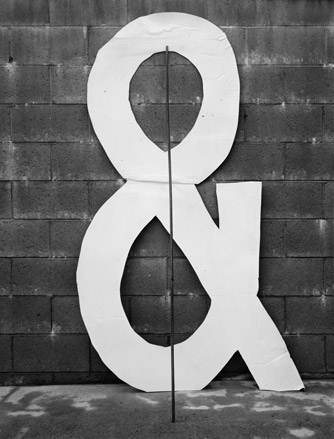
'ETC' by Shannon Ebner, shown by Wallspace Gallery
© Shannon Ebner
Courtesy Wallspace Gallery
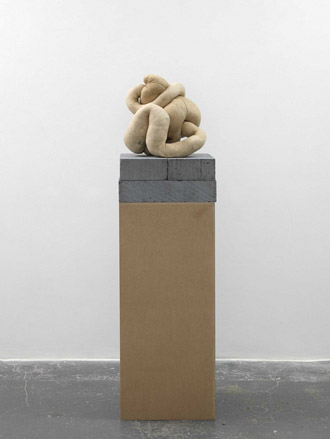
'NUD 25' by Sarah Lucas, 2010, shown by Sadie Coles HQ
Photograph courtesy of Sadie Coles HQ
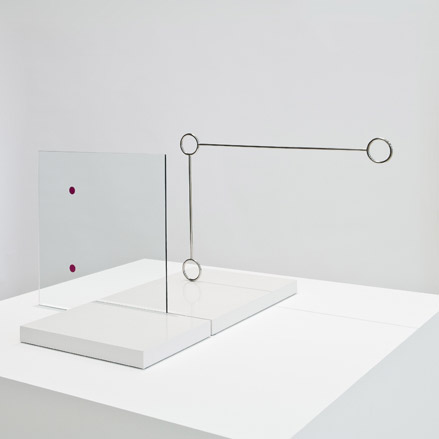
'Naipe' by Waltercio Caldas, 2008, shown by Gabinete de Arte Raquel Arnaud
Photograph courtesy Gabinete de Arte Raquel Arnaud
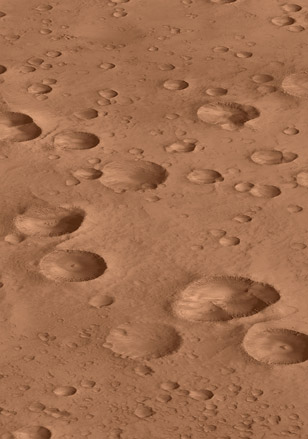
'Ma.r.s.16' by Thomas Ruff, 2010, shown by Mai 36 Galerie
Courtesy of the artist and Mai 36 Galerie, Zurich
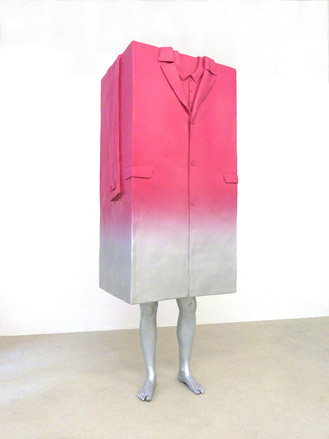
'Big Coat' by Erwin Wurm, 2010, shown by Lehmann Maupin Gallery
Photograph courtesy of the artist and Lehmann Maupin Gallery
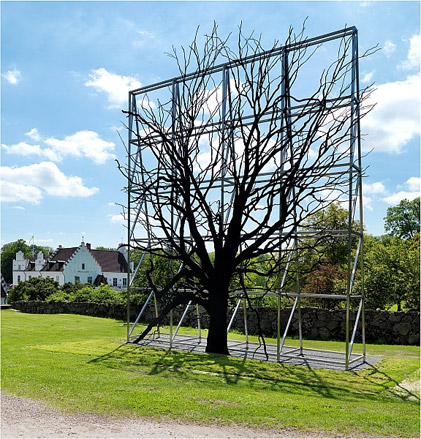
'Facade/Billboard' by Roxy Paine, 2010, shown by James Cohan Gallery
© Roxy Paine
Photograph courtesy James Cohan Gallery
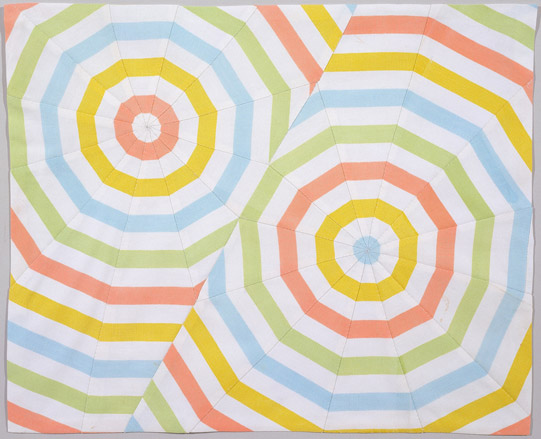
'Untitled 2005' by Louise Bourgeois, shown by Hauser & Wirth
Photograph courtesy of Hauser & Wirth
© Louise Bourgeois
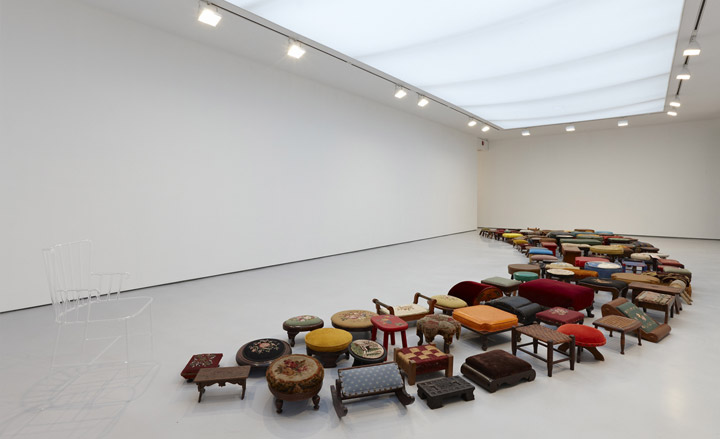
'Un-rest' by Valeska Soares, 2010, shown by Greenberg Van Doren Gallery
Photograph courtesy of Greenberg Van Doren Gallery
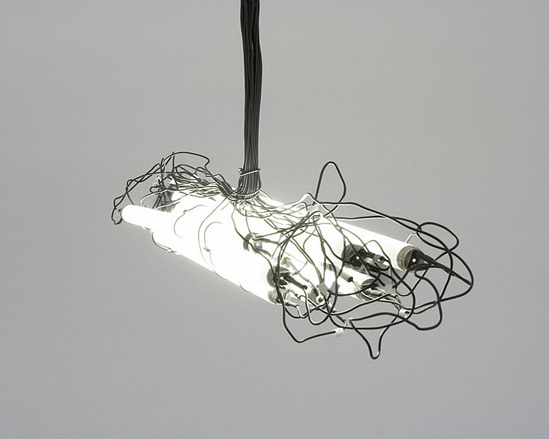
'Blind Protection' by Monica Bonvicini, 2009, shown by Galerie Max Hetlzer
Photograph courtesy of the artist and Galerie Max Hetlzer
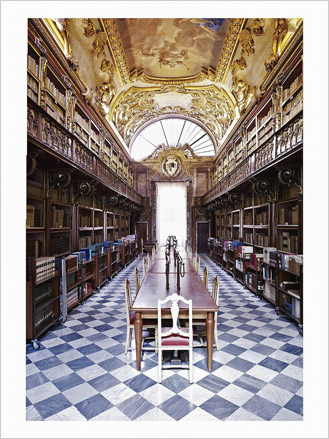
'Biblioteca Riccardiana Firenze I' by Candida Höfer, 2008, shown by Ben Brown Fine Arts
Photograph courtesy of Ben Brown Fine Arts
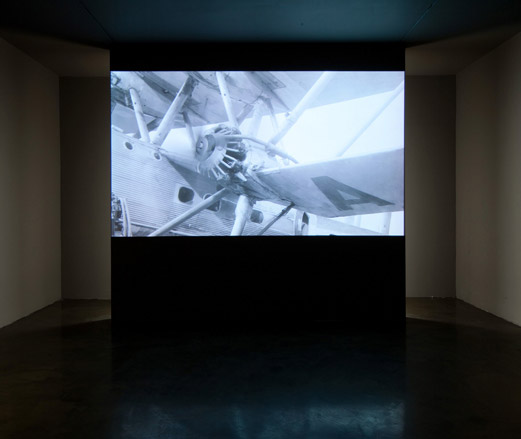
'Lydda Airport' by Emily Jacir, 2007-2009, shown by Alexander and Bonin
Photograph by Joerg Lohse
Courtesy of Alexander and Bonin
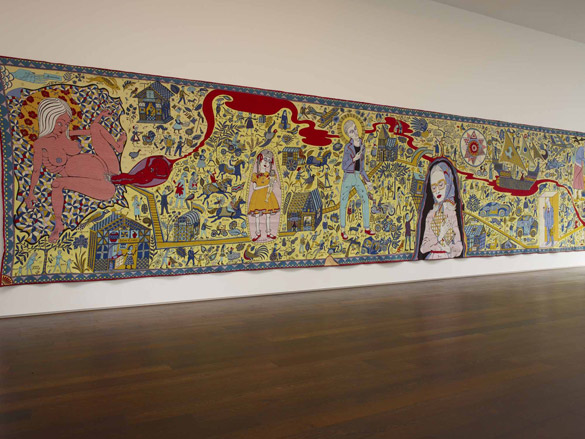
'The Walthamstow Tapestry' by Grayson Perry, 2009, shown by Victoria Miro Gallery
Photograph courtesy of Victoria Miro Gallery and the artist

'Green Screen Goddess' triptych by Isaac Julien, 2010, shown by Victoria Miro Gallery
Photograph courtesy of Victoria Miro Gallery and the artist
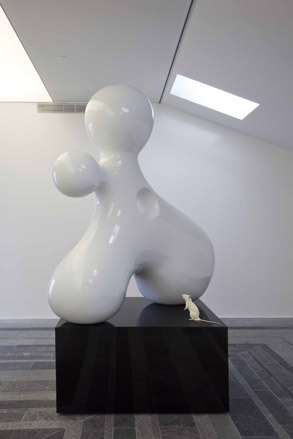
'Perception, Fig. 2' by Elmgreen & Dragset, 2010, shown by Victoria Miro Gallery
Photograph courtesy of Victoria Miro Gallery and the artist
Malaika Byng is an editor, writer and consultant covering everything from architecture, design and ecology to art and craft. She was online editor for Wallpaper* magazine for three years and more recently editor of Crafts magazine, until she decided to go freelance in 2022. Based in London, she now writes for the Financial Times, Metropolis, Kinfolk and The Plant, among others.
-
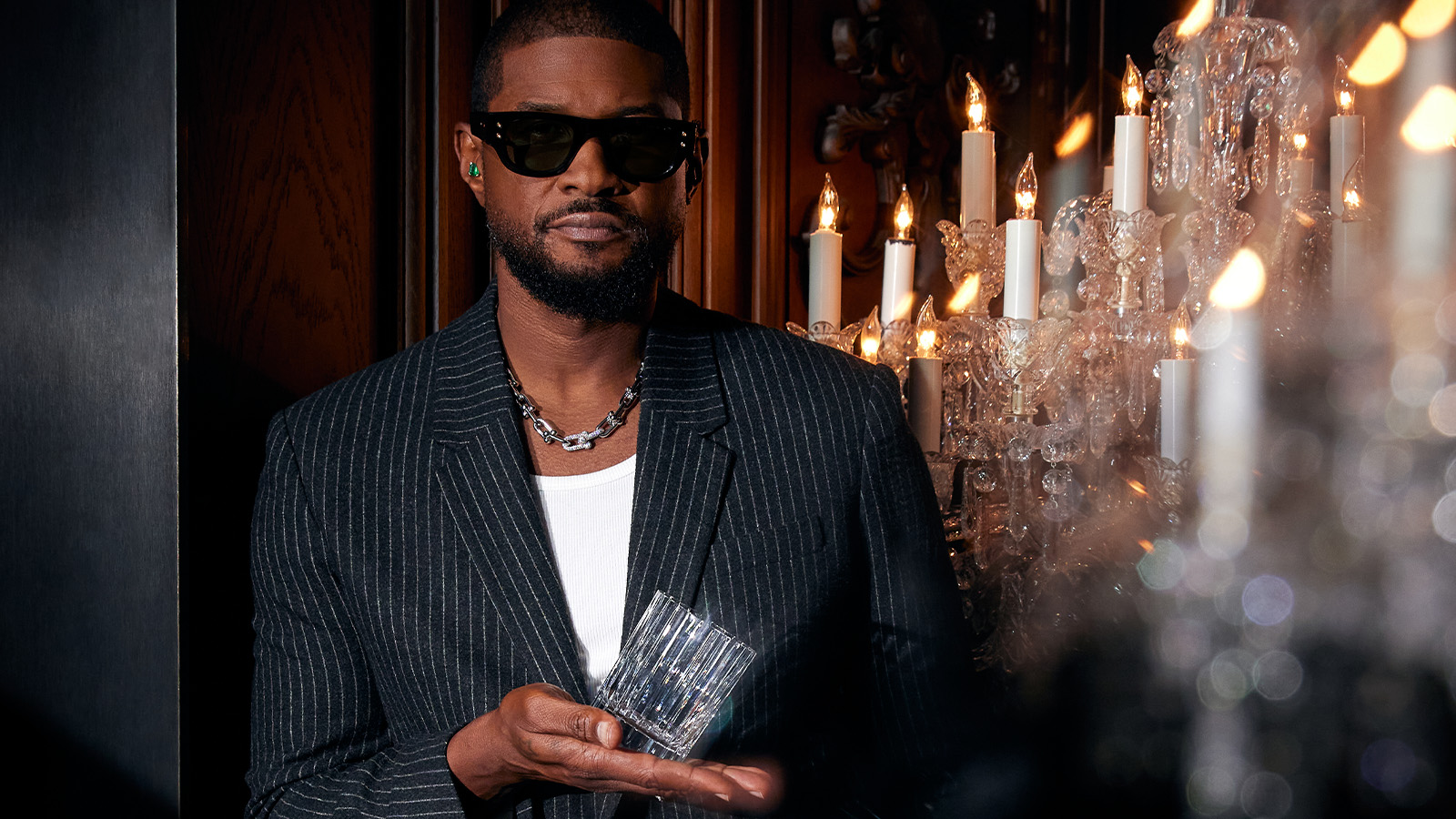 Usher opens up about breakfast playlists, banana pudding and why a glass tumbler is always on his rider
Usher opens up about breakfast playlists, banana pudding and why a glass tumbler is always on his riderOn the heels of a collaboration with Baccarat, the Grammy-winning singer-songwriter breaks down his entertaining tips. 'Hosting is an expression of how you feel about your guests and also who you are.'
-
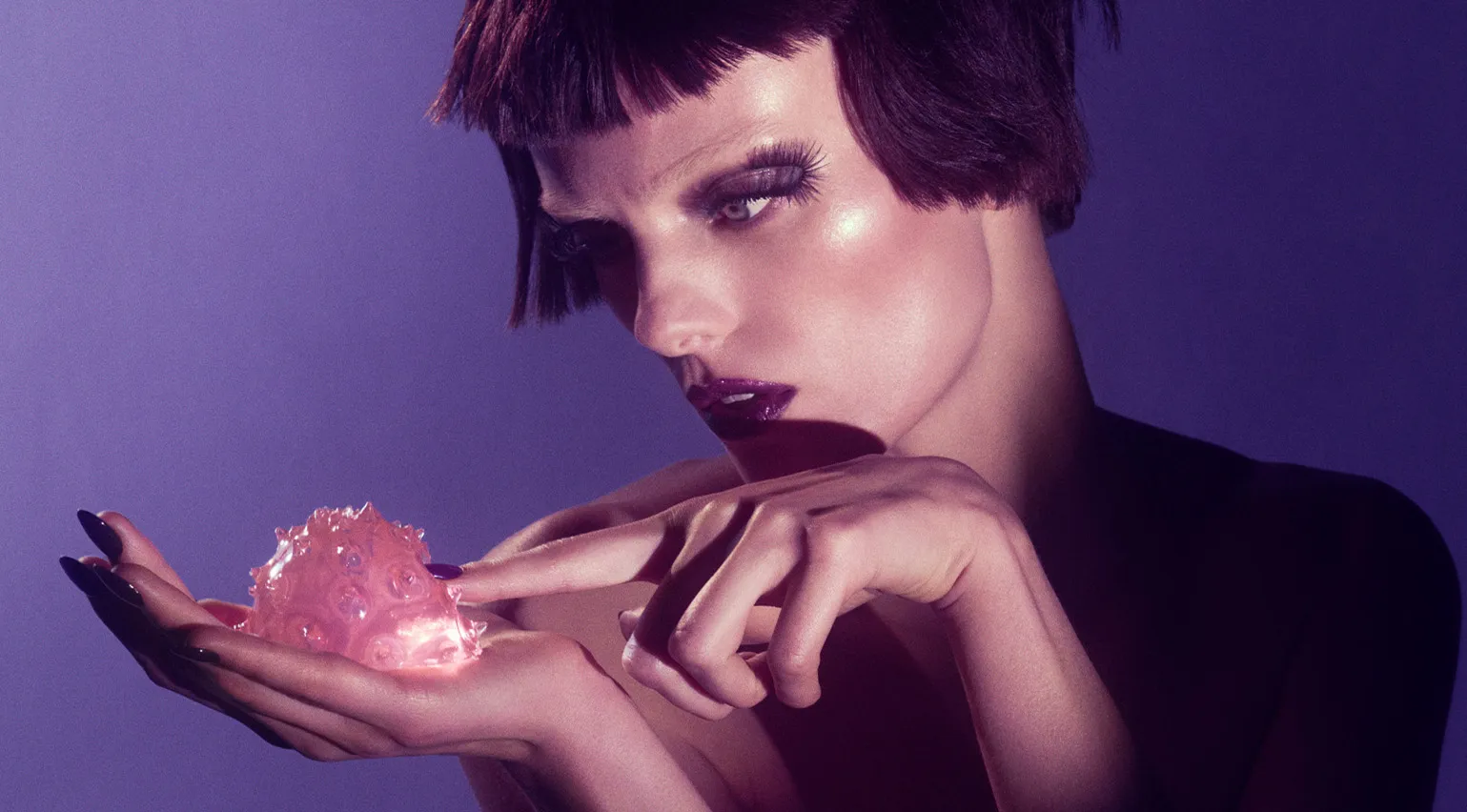 The beauty trends that will define 2026, from ultra-niche fragrances to anti-ageing dental care
The beauty trends that will define 2026, from ultra-niche fragrances to anti-ageing dental careAs we enter the new year, we speak to experts in fragrance, skincare, aesthetics, wellness and more about the trends that will be shaping the way we look
-
 The most stylish hotel debuts of 2025
The most stylish hotel debuts of 2025A Wallpaper* edit of this year’s defining hotel openings. Design-led stays to shape your next escape